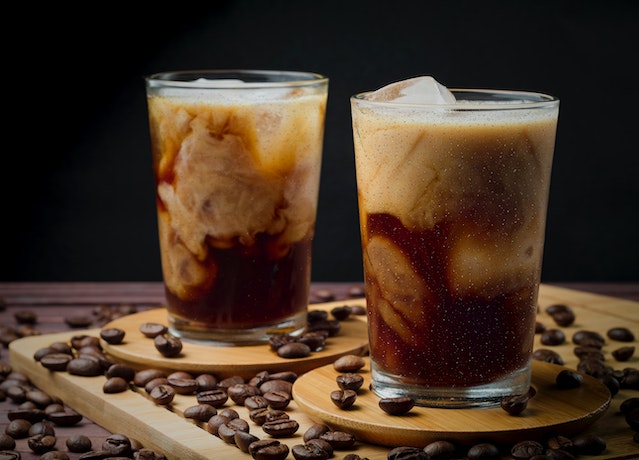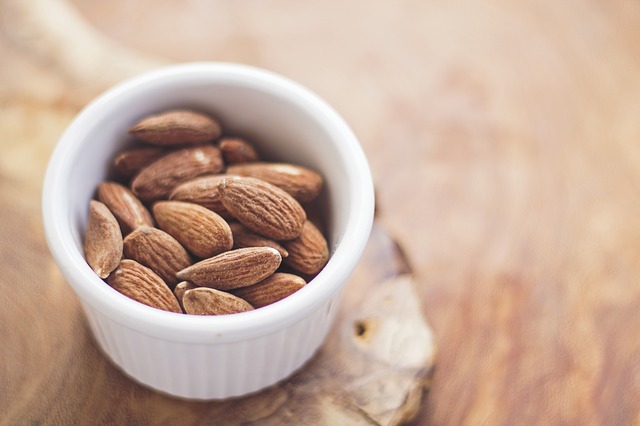Pasteurization is a process that uses heat to kill microorganisms in food. This is most commonly used for milk and other dairy products, but can be applied to certain other foods as well. The key point to remember about pasteurization is that it is not selective as to which microorganisms it kills, and it kills almost everything present in the product.
There's a lot of controversy these days about pasteurization, over this very point. Some people think it's best to not allow ANY microorganisms in their food, and others feel there are some bacteria, for example, that are beneficial. They think it's safe, and even desirable, to consume these beneficial bacteria. You may not know it, but there are millions of bacteria living in your intestines right now. Our bodies are home to these beneficial bacteria because they help us digest food, keep the harmful bacteria in check, and even aid our immune systems to keep us healthy. When you drink pasteurized milk, you are keeping the harmful bacteria from entering your body, but you are also keeping beneficial bacteria, enzymes, and other nutrients out as well.
The federal government requires any milk for human consumption to be pasteurized. The law states that milk must be heated to
161.5 degrees for a minimum of 15 seconds. There's a trade-off though, because heating the milk like this does compromise the taste. Pasteurized milk does taste a little different than raw milk. Pasteurizing in this way attempts to kill most of the microorganisms while also changing the taste as little as possible.
There's another method of pasteurization, called ultra-high temperature pasteurization, or UHT, which kills all of the microorganisms in the milk, making it completely sterile. The milk is heated to 285 degrees for 1-2 seconds. This unmistakeably does change the taste of the milk, but some people prefer to kill all the microorganisms, believing this milk is safer to consume. If you've ever seen milk packaged in boxes, similar to how juice boxes are sold, this form of shelf-stable milk has been treated by UHT pasteurization.
Raw milk is simply milk straight from the cow, not pasteurized at all. If you're interested in learning more about the health benefits of drinking raw milk, the Weston A. Price foundation is a good place to start. There are legal methods for buying raw milk for your family to drink, but it is important to understand the laws and follow them. Make sure you research both sides of the raw milk issue before deciding what you believe is best for your family.
To teach your kids about raw milk and other nutrition topics, please check out the free nutrition lessons for homeschoolers provided at Nutrition for Healthy Kids.



Hello,
It is very difficult to find raw milk where I live in FL, what would you advise as a good alternative? I have been purchasing promised land milk because it comes from Jersey cows which provide a plethora more vitamins and nutrients than regular Holsteins. The problem with this milk is that it is HHST pasterized. I was so upset to see that they use a process which cancels out all of the benefits of their cows. I sari he’s to almond milk (silk becaus it doesn’t have soy) but see questionable ingredients like sunflower lechtin and natural flavors. I’m stuck because I don’t see any good options!